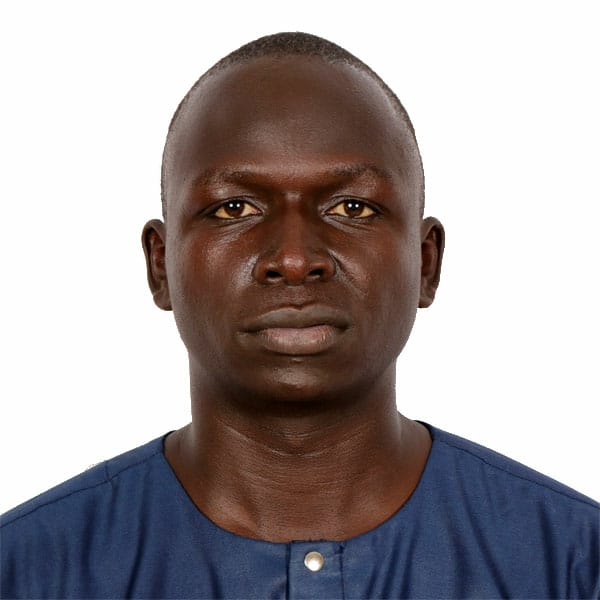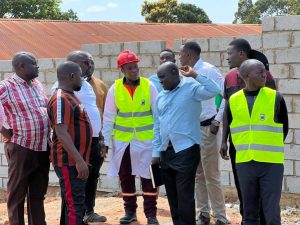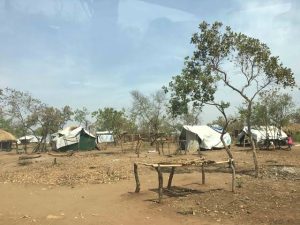Pitch: IMF printing new money to increase Uganda’s quota to provide covid 19 relief funds
4 min read
By Obedgiu Samuel
DESCRIPTION
This story hasn’t been covered by mainstream media in Uganda yet carries a lot of significance to the economy of Uganda. Various regional economic bodies in Africa such as SADC convened their parliamentary forum to discuss and add their support to the IMF printing its special drawing rights (SDR) money instead of advancing loans to a debt stressed continent. However, looks like the Ugandan political establishment is quiet about this development.
It now appears very likely that the membership of the IMF will approve a special drawing rights (SDR) allocation equivalent to as much as $675 billion. This is good news. It will provide some immediate relief to countries that are liquidity constrained because of the health and economic crises resulting from the COVID-19 pandemic.
The Executive Secretary of the Economic Commission for Africa (ECA), Vera Songwe, on Friday 5 February 2021 met with African Ministers in charge of finance and the Managing Director of the International Monetary Fund (IMF), Kristalina Georgieva, to discuss immediate economic response to the COVID-19 pandemic.
During the virtual meeting, which was convened by the ECA and IMF, the ministers were unanimous in their call for additional liquidity, $500 billion in Special Drawing Rights (SDR). If one runs the numbers, one finds that Africa’s 55 countries would be allocated just 7% of the total. Within this sliver, South Africa would receive 14%, while smaller countries such as São Tomé and Príncipe would receive just 0.05%. In other words, a new $500 billion SDR issuance would raise just $35 billion for the entire African continent – around half of what African governments spent in 2020, let alone need to spend in the coming year.
WHAT ARE SPECIAL DRAWING RIGHTS (SDRs)?
The special drawing rights, in my view, are world money backed by nothing but printed at will. Once the IMF issues an SDR, it sits comfortably in the reserve accounts of the recipient country, just like the dollars in our foreign exchange reserves.
SDRs were created in 1969 to supplement a shortfall of preferred foreign exchange reserve assets, namely gold and USA dollars. In the IMF’s own definition, SDRs are units of account for the IMF, and not a currency per se. According to the IMF, they just represent a claim to currency held by IMF member countries for which they may be exchanged.
Experts object to referring to SDRs as money owing to the fact that individuals can’t own them. However, these SDRs do satisfy the traditional definition of money in many respects; they are a store of value because nations keep a portion of their reserves in SDR-denominated assets.
They are a medium of exchange owing to the fact that nations that run trade deficits or surpluses can settle their local currency trade imbalances with other nations in SDR-denominated instruments and finally they are a unit of account because the IMF keeps its books and records, assets and liabilities in SDR units.
- The SDRs function like a credit line—they give countries the means to access useable currencies (dollars, euros, pounds, yen, renminbi).
- They are functionally equivalent to a country’s foreign exchange reserves—the currencies countries hold, usually at their central bank, to guard against foreign exchange shortages.
Significance of this development
The last time the IMF printed SDRs, in 2009 and allocated them accordingly, the public wasn’t given any accountability on how that money was spent. Not even parliament. This is because this kind of IMF money allocation is a one off event that is couched in many complexities. This story seeks to demystify and simplify this kind of money, so that when it comes, both parliament and the public can demand for greater accountability unlike in 2009 when no media house reported the story.
From the look of things, the earliest we should expect this money will be in the month of August this year. The IMF executive director already presented this proposal to the executive committee. Already other regional economic blocs like SADC are voicing support for these SDRS. HOWEVER, our regional bloc COMESA AND UGANDA are largely keeping their populations in the dark on this development. This story hopes to foster greater public accountability by creating awareness.
This story also seeks to call for the already Proposed Amendment to the “Articles of Agreement,” which is the governing document of the IMF, on the Reform of the IMF Executive Board and Fourteenth General Review of Quotas so that small economies like Uganda and the east African community can better benefit from the IMF. For long the IMF has been predominately dominated by western economies, especially in terms of decision making.
Looking at the bank of Uganda statistics abstract for the year 2019, there is evidence that our special drawing rights reserve asset position has been going down over time, the key question the central bank should answer is why? Have they exchanged these SDRs usable currencies? If so are they below their IMF quota and subsequently paying interest on being below the IMF quota?
See image below on the reserve asset position of the central bank?
Sources
IMF articles of agreement
Resident Representative for Uganda · Izabela Karpowicz
Fred Muhumuza economist Makerere University
Adam MUGUME Bank of Uganda director in charge of research





